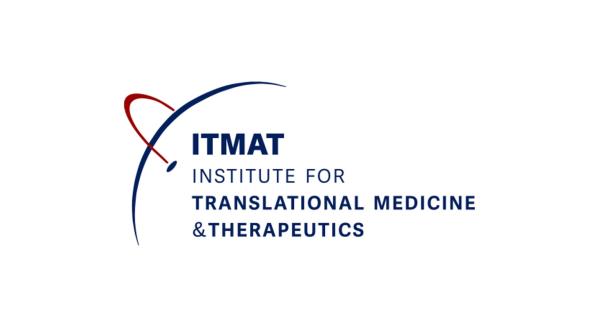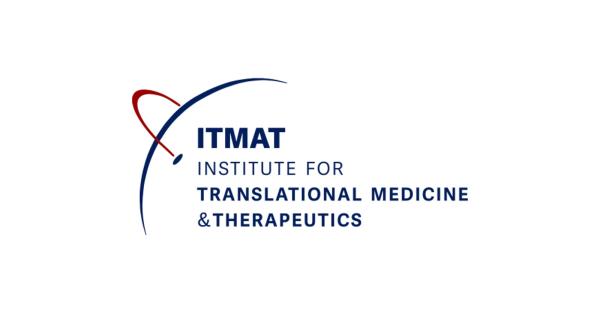It is becoming increasingly clear that problems with some basic cellular processes can contribute to diseases affecting different organs. One cellular signaling pathway that appears to be involved in multiple diseases is the mTOR pathway. mTOR stands for mechanistic target of rapamycin. It was previously called mammalian target of rapamycin, but the name was recently changed to recognize the conserved function of this protein in different species across the evolutionary tree. mTOR is a kinase, which is an enzyme that adds phosphate groups onto other proteins. Addition of a phosphate (phosphorylation) is a common way to switch on or off certain enzymes. In that sense, mTOR is the main switch controlling energy in a cell. It regulates the synthesis and breakdown of proteins in response to nutrient levels, growth factors, and cellular stress signals. If mTOR is active, the cell makes more proteins, breaks down fewer proteins and increases its size. The opposite happens if mTOR is not active; the cell starts to digest itself (a process called autophagy) and conserve energy. Since mTOR is so central to cellular energy metabolism and growth, one can imagine how abnormal function of the mTOR pathway can contribute to disease processes in various organs.
Rapamycin, the drug that gives mTOR its name, was originally purified from a bacterium found on Easter Island. The drug was called rapamycin after the native name of the island, Rapa Nui. It was originally used as an anti-fungal agent, but soon it became clear that it has immunosuppressant and anti-proliferative effects. Rapamycin and its homologs (called rapalogs) have been used to prevent solid organ transplant rejection, to augment anti-cancer treatment regimens, and to prevent neovascularization of artificial cardiac stents.
mTOR inhibitors have received additional attention recently in rare diseases. Tuberous sclerosis complex (TSC) occurs due to mutations in genes that encode for a protein complex, which acts as a brake on mTOR. Thus, in TSC patients, there is increased mTOR activity, especially in the benign tumors that they develop. mTOR inhibitors have been shown to be effective and are now FDA-approved for treatment of brain and kidney tumors associated with TSC. Recently, an mTOR inhibitor was also shown to be effective in reducing seizure frequency in individuals with TSC in a Phase III trial. The Developmental Synaptopathies Consortium (DSC) is part of the Rare Diseases Clinical Research Network (RDCRN) Program and is focused on studying comparative pathobiology of TSC and two other related neurodevelopmental disorders (PTEN hamartoma tumor syndrome and Phelan-McDermid syndrome).
Studies in other neurodevelopmental disorders, such as Rett syndrome, also report alterations in the mTOR pathway. In contrast to TSC, tissues affected with Rett syndrome (i.e. loss of MECP2 activity) appear to display reduced mTOR activity. Overexpression of MECP2 (similar to individuals with MECP2 duplication) results in enhanced mTOR activity. Thus, either up- or down-regulation of the mTOR pathway can lead to neuronal dysfunction and developmental brain disorders. Rett syndrome, MECP2 duplications, and Rett-related disorders are the focus of another RDCRN consortium.
The involvement of mTOR is not limited to the brain. The FDA recently approved rapamycin for use in patients with lymphangioleiomyomatosis (LAM), a destructive lung disease that preferentially affects young women. The story of this approval process was described in the last issue of Spotlight on Rare Diseases by Drs. Frank McCormack and Bruce Trapnell, who lead the Rare Lung Diseases Consortium.
mTOR is likely involved in many other rare disorders. For instance, in its active form, mTOR localizes to the surface of lysosomes. Diseases that affect the lysosomal function may perturb mTOR activity and aberrant mTOR activity may contribute to lysosomal dysfunction. Thus, the group of diseases studied by the Lysosomal Disease Network might also benefit from investigating mTOR activity. Similarly, the signaling pathways that regulate mTOR play a crucial role in blood vessel formation. Some of the disorders investigated by the Brain Vascular Malformation Consortium are potentially treatable by mTOR inhibitors.
It is clear the mTOR pathway dysfunction is a point of convergence of many rare diseases. Thus, a cross-consortia effort was initiated two years ago to gather together expertise in this cellular pathway across RDCRN consortia and initiate pilot studies that can be of benefit to a large group of consortia. As a result of several conference calls, it was decided that reliably measuring mTOR activity in peripheral blood mononuclear cells is an important gap in the field and could provide a potential biomarker of disease severity, as well as a measure of target engagement in treatment trials. We are in the initial phases of validating such measurements in the DSC and plan on sharing the results with the RDCRN Program community. The ultimate goal of this effort is to identify additional molecular pathways that cut across many rare disorders such that insights obtained in one group of patients may shed light on other disorders with similar cellular dysfunctions.







